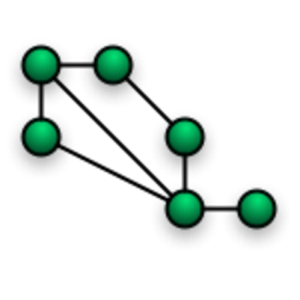Wireless ad-hoc networks are decentralized. Each node in the network participates in routing data. Wireless Ad-hoc networks have applications in field communications (such as in military combat situations or communication in remote areas) and the Internet of Things. There could also be other applications no one has dreamed up yet. We’ve looked at how the Army and DARPA are developing new ad-hoc networking technology. Now, according to ITworld, two researchers have created an algorithm that may solve a major problem in distributed networking: the bottleneck problem.

Keren Censor-Hillel, a postdoctoral research student at the Massachusetts Institute of Technology’s Computer Science and Artificial Intelligence Laboratory, and Hadas Shachnai, an associate professor of computer science at the Technion Israel Institute of Technology presented their work at a symposium held in San Francisco this month by the Association of Computing Machinery and the Society for Industrial and Applied Mathematics. Their paper can be found here.
ITworld explains the bottleneck problem:
Typical designs for ad hoc networks have each end-node randomly select another node to pass its data onto. This approach is designed to ensure that traffic is distributed evenly across all the nodes. If one node goes down, another can take its place. The problem with this approach, however, is that bottlenecks could be created when only a few end-nodes are tasked to convey all the traffic.
Censor-Hillel and Hadas Shachnai’s algorithm solves the problem by having each node alternate between connecting to another node at complete random and connecting to a node that it has not connected to recently. Alternating between a deterministic and a non-deterministic node selection effectively solves the bottleneck problem.
There is a downside – this approach requires a bit more computational power than previous models of ad-hoc networking. That means very simple devices, such as sensors, may not be able to take advantage of it. However, powerful devices become smaller and cheaper. It’s an approach that could pay off.










